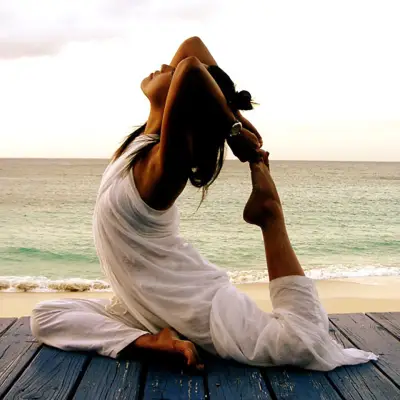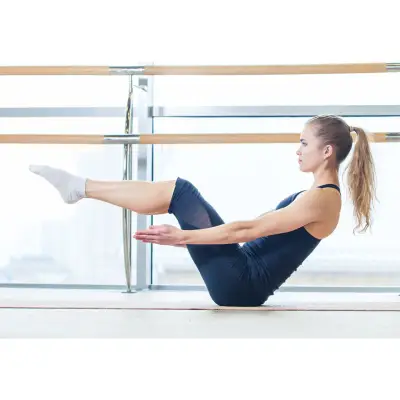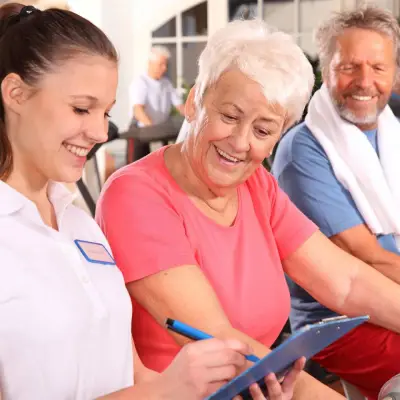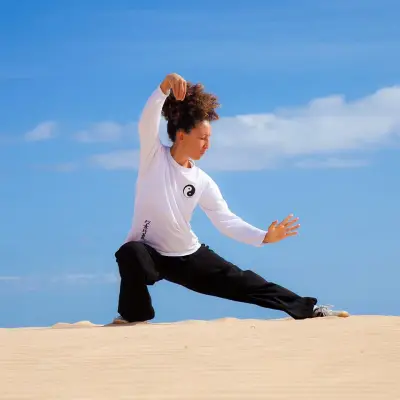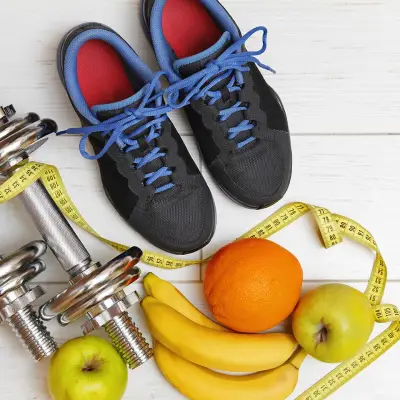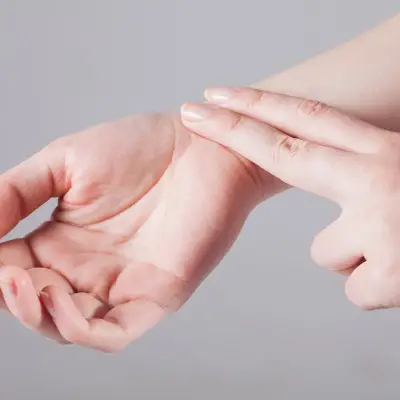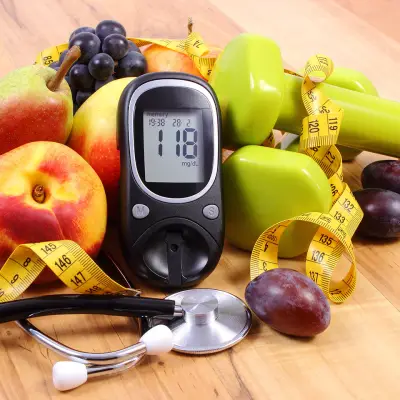Every athlete can benefit from sports massage in-between regular training sessions. Massage therapy is a long-term solution for muscle performance and injury rehabilitation and prevention. It takes time and several sessions to achieve the intended effect. Most of all, it requires the skills of a professional therapist. But the time and resources spent on sports massage are worth it for the pay off.
Jump to:
Benefits of Sports Massage in Training and Rehabilitation
Lactic acid is a metabolic by-product produced during intense physical activity, which causes fatigue and muscle soreness. Regular sport massage aids in the release of lactic acid, which will consequently facilitate a more efficient recovery process in-between training sessions. This makes massage a preventive measure against injuries, but also an integral part of an injured athlete’s rehabilitation program.
Recommended for you!
Best SellersSports massage improves muscle performance, enhances flexibility, and increases the athlete’s range of motion around the joints. Rigorous physical activity will also cause your muscles to tighten, which results in an ischemic reaction. This condition restricts the blood supply to the muscles. Getting a massage regularly will enhance the blood flow and transport nutrients to the muscles.
The benefits of sports massage go beyond the physiological. The strains of athletic training take their toll on the mind. Relaxation massage facilitates rest and better sleep. It can also help quiet the mind. Every session can leave the athlete refreshed, rejuvenated and ready to tackle the next round of training.
Finally, athletes can benefit from improved self-awareness when getting regular massage sessions. It identifies sore and weak spots, giving athletes a better understanding of how their body works. For example, you may want to focus on stretching an over-trained part of the body if the masseuse notices that you have a set of tight muscles in that area.
How Does Sports Massage Work?
The effect of sports massage depends on the type of massage used. During a deep tissue massage, the therapist applies slow but firm pressure to reach deeper layers of the muscle and the fascia. It penetrates and softens the hard, tight muscles. Deep tissue massage is popular among amateur and professional athletes.
Myofascial release can be easily confused with deep tissue initially. Fascia is the muscle’s protective layer, which gets hard and rigid with overuse. The sustained pressure applied during a myofascial release is used to soften the fascia. Therapists don’t use massage oils during a myofascial release so they can accurately feel the fascia fibres.
Swedish massage, on the other hand, is less intense than deep tissue. It is mainly for releasing tension and relaxing. Its light but vigorous strokes help warm up the muscles.
Athletes under rehabilitative care are given massages according to the type of injury. For instance, patients with a rotator cuff injury are given only light massages when the swelling is evident and the pain is still fresh, to help increase blood flow. Deep tissue massages are given when the pain and swelling have subsided.
Sports Massage Techniques
Sports massage therapists employ a variety of techniques in administering a massage, depending on the needs of the athlete. Here is a rundown of the general techniques:
- Effleurage – These are light strokes done with the palm of the hands, towards the direction of the heart, to enhance blood flow.
- Petrissage – This technique is characterised by kneading movements. Petrissage helps in muscle recovery.
- Tapotement – Tapotement is employed by hacking and cupping muscles for stimulation. This is normally used in pre-event massages.
- Friction – Friction movements penetrate deep muscle tissues, making them ideal for healing injuries. Effleurage should be administered prior to friction massage to warm up the muscles.
- Vibration – The rapid movements in vibration relax and soothe the muscles.
Some sports massage therapists also incorporate proprioceptive neuromuscular facilitation (PNF) stretching to improve flexibility and mobility.
Sports massage therapists use a combination of these techniques and others in a session, depending on the needs and condition of the athlete.
Pre-Event, Inter-Event and Post-Event Sports Massage
Massages should be mapped out carefully when an athlete has an event – pre-event, inter-event, and post-event.
Pre-Event Sports Massage
The pre-event massage can be administered from 48 up to 72 hours before an event. Athletes should have tapered their training at this point. Getting a deep tissue massage before an event is a good way to release any tension from all the intense training. The closer it is to the event itself, the less intense the massage should be. If you only manage to get a massage a day or two before the event, opt for a lighter massage instead. You wouldn’t want to be reeling with soreness from a deep tissue massage on the day itself.
Athletes of sporting events that require a set of relaxed muscles, like boxing, would benefit from a light massage beforehand. This will help warm up the body, increase blood supply, enhance mobility, and help the athlete relax. Just be careful not to go overboard on the relaxation.
Inter-Event Sports Massage
A quick massage during breaks in a sporting event can relieve cramps or muscle pains and provide an energy boost. Only a few minutes is required for an inter-event sports massage. The therapist should be careful not to apply vigorous massage techniques at this point.
Post-Event Sports Massage
A post-event massage administered within the next 72 hours will help tremendously with the athlete’s recovery. The athlete needs to cool down and rehydrate before the massage is administered. She or he should then spend 10-15 minutes cooling down, stretching, and rehydrating before commencing with the post-event massage.
Recommended for you!
Best SellersSports Massage in Regular Training
Sports massage doesn’t work overnight. Athletes determined to see its effects should incorporate it regularly in training, not sporadically.
Athletes serious about long-term performance enhancement should see a professional sports massage therapist. A professional will sit down with the athlete to evaluate their massage needs based on gender, age, type of sport, old injuries, chronic pain, and schedule of sporting events. This will help the therapist determine the athlete’s schedule and massage techniques to be used.
Become a Qualified Sports Massage Practitioner for £29
If you're interested in learning more about sports massage or are perhaps thinking of doing it professionally, consider enrolling in our accredited Sports Massage Practitioner Course. For a limited time, you can access this course for just £29!

